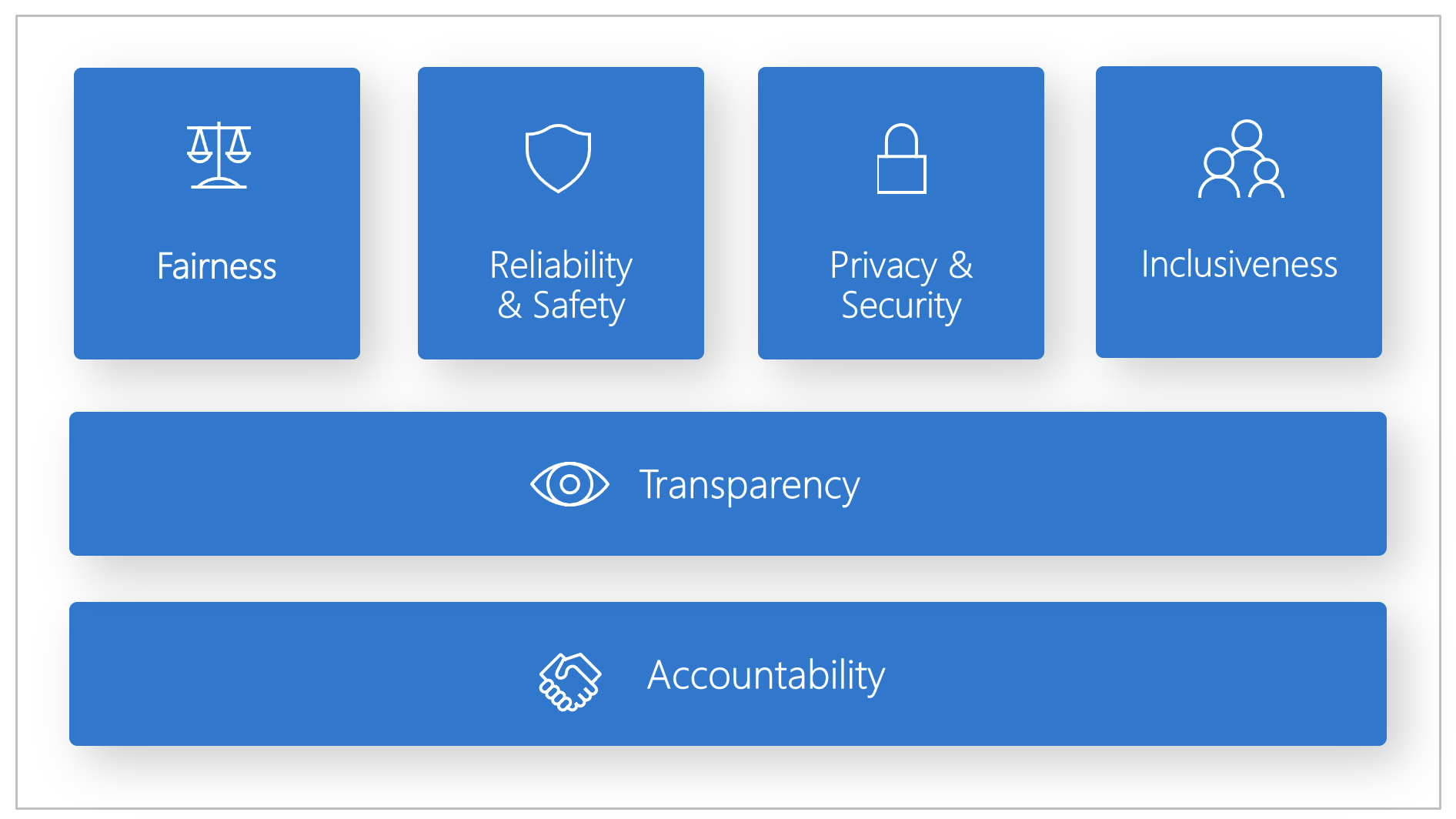The Guiding Principles of AI Safety
Part 1: Ensure AI Systems Benefit Humanity
Developing AI for Good
Artificial intelligence holds tremendous promise to benefit humanity if developed and applied responsibly. As AI becomes more advanced, it is critical that systems are designed, developed, and deployed with proper safeguards to promote human well-being and autonomy. Researchers must prioritize safety and address potential harms and biases that could negatively impact users or society. Early research focused on demonstrating technical capabilities but now we must shift to prioritizing societal impacts. By following principles of responsible innovation and development, AI can uplift lives through applications that enhance education, healthcare, sustainability and more. Instead of fearing what may come, we should guide progress towards uses that create shared prosperity for all. With care and oversight, AI’s potential for good vastly outweighs any risks if handled carefully and for the benefit of humanity.
Part 2: Ensure AI Systems are Robust and Beneficial
Designing AI Systems with Robustness in Mind
As AI capabilities grow, systems must remain solidly robust to avoid unintended or undesirable outcomes. Researchers should apply techniques like modelsecurity testing, adversarial evaluation and other strategies to identify weaknesses or flaws before deployment. Oversight during development and continued monitoring after release helps safeguard that systems function as intended across a wide range of conditions. Researchers also must carefully consider how AI systems may evolve or self-improve over time. While autonomous progression could expand capabilities, it also raises risks if left unguided. Therefore, designing for self-supervision and beneficial self-modification becomes highly important. Overall, robust and well-aligned behavior must remain the utmost priority as AI systems expand in both narrow and general forms.
Part 3: Ensure Human Values are Adequately Reflected
Aligning AI Goals and Incentives with Human Values
As AI systems aim to be helpful, harmless, and honest, their objectives and reward functions must properly reflect core human values and preferences. While technical specifications aim for functional correctness, values alignment focuses on desirability from a societal perspective. Therefore, extensive research explores how to formally specify and optimize for concepts like well-being, fairness, dignity and more. Dialogue with stakeholders helps define what constitutes ‘acceptable’ system behavior or outcomes. Multi-disciplinary teams from technical, ethical, legal and policy backgrounds jointly determine how to embed principles of democratic governance, accountability and respect for human rights and autonomy. Continuous input from a diversity of cultures and communities also informs the design of systems that serve all of humanity respectfully. With care and diligence, AI goals can be thoughtfully calibrated to human priorities.
Part 4: Ensure an Equitable and Just Distribution of AI Benefits
Advancing AI Equality and Opportunity for All
While AI holds great potential to improve lives, that potential risks exacerbating inequalities if not developed and applied judiciously. Researchers must consider questions around equal access, representation, transparency and accountability to avoid marginalizing or harming vulnerable groups. For example, how can AI be applied to boost economic opportunity in underserved communities? How can systems designed by privileged groups avoid unintended biases that negatively impact others? How can oversight mechanisms safeguard fair treatment and opportunities for all? With a human-centered approach, AI can help level social and economic playing fields by delivering customized solutions, education and resources where they are needed most. But this requires acknowledgment of structural disadvantages and proactive measures like diversity in data, algorithms and teams. Only through inclusive cooperation across differences can we ensure AI solutions uplift humanity as a whole in a spirit of compassion, justice and shared progress.
Part 5: Ensure Progress is Properly Monitored and Guidance is Provided
Ongoing Research and Governance are Key to Beneficial Outcomes
As AI capabilities advance rapidly, continuous monitoring and guidance becomes pivotal to steer developments according to safety and ethics guidelines. Multi-stakeholder cooperation spanning technical, policy and social domains proves invaluable for responsible innovation oversight. Research progress must undergo regular evaluation to flag issues, opportunities or unintended effects early. Guidance from experts across fields re-examines assumptions and helps promote safety practices as the reality of advanced AI draws nearer. Model documentation, impact assessments, and incident response plans instituted now pave the path for continued progress aligned with humanity’s best interests. No single group can ensure AI’s benefits alone - only through open collaboration and a shared commitment to problems larger than any organization can we steward progress responsibly. By uniting vision and vigilance, cooperation pushes frontiers of knowledge while safeguarding its impacts on society for generations to come.
Part 6: Ensure the Long-Term Sustainability of AI Progress
Securing Ongoing Research Funding and Leadership
Sustained funding and infrastructure proves crucial to maintaining leadership in developing advanced yet beneficial AI. While initial research yields progress, longer term outlooks require securing reliable support through public-private partnerships, international collaborations and other strategies. Dedicated institutions focused on safety science lay the groundwork for continuous improvement during both present and future technology stages. Attracting top researchers to these institutes ensures retention of expertise amidst private sector competition. Partnerships between technical and oversight bodies promote cooperation rather than conflict as capabilities increase. By securing long-term commitments through funding coalitions, roadmapping exercises and planning for advanced stages, leadership sustains progress responsibly according to principles. Roadblocks cleared through collaborative problem-solving keep beneficial AI on track to fulfill its highest potential through cooperation across sectors and borders. United purpose guides advancement for humanity’s long-term well-being, opportunity and prosperity in a rapidly changing world.

